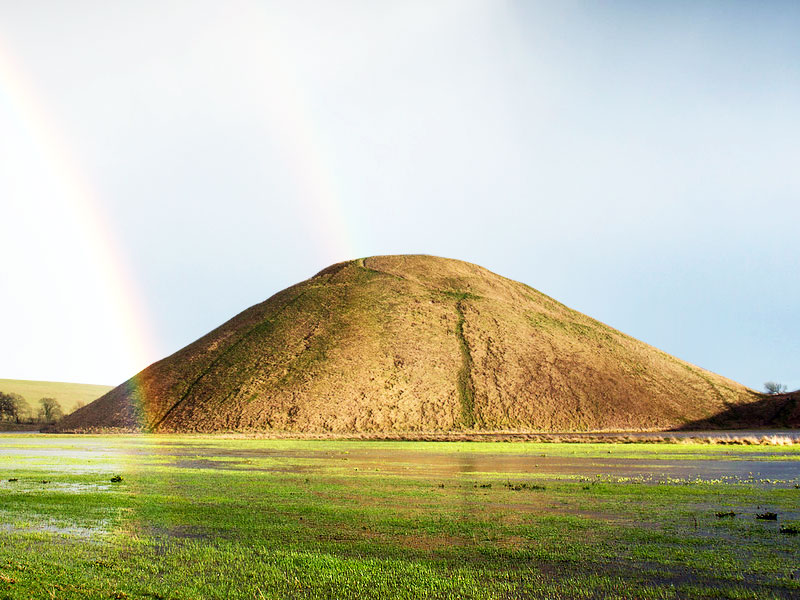
Tepe nedir ne demektir? İlgili deyimler ve anlamları Laf Sözlük
Selain jarang didengar, istilah tepe tepe terdengarnya juga sangat aneh. Bagi sebagian orang, tentu istilah tepe tepe begitu asing. Maka dari itu, tribunpekanbaru.com mencoba menyajikan apa itu tepe tepe dalam bahasa gaul. Silahkan simak arti tepe tepe dalam bahasa gaul. Selain bahasa gaul tepe tepe, disini juga disajikan arti bahasa gaul lainnya.

Göbekli Tepe 2002 Göbekli tepe, Ancient near east, Çatalhöyük
Göbekli Tepe is a Neolithic-era archaeological location situated in Turkey's Southeastern Anatolia Region. The site, which dates to the Pre-Pottery Neolithic period, between about 9500 and 8000 BCE, is comprised of a number of huge circular formations sustained by massive stone pillars - the earliest known megaliths in the world.
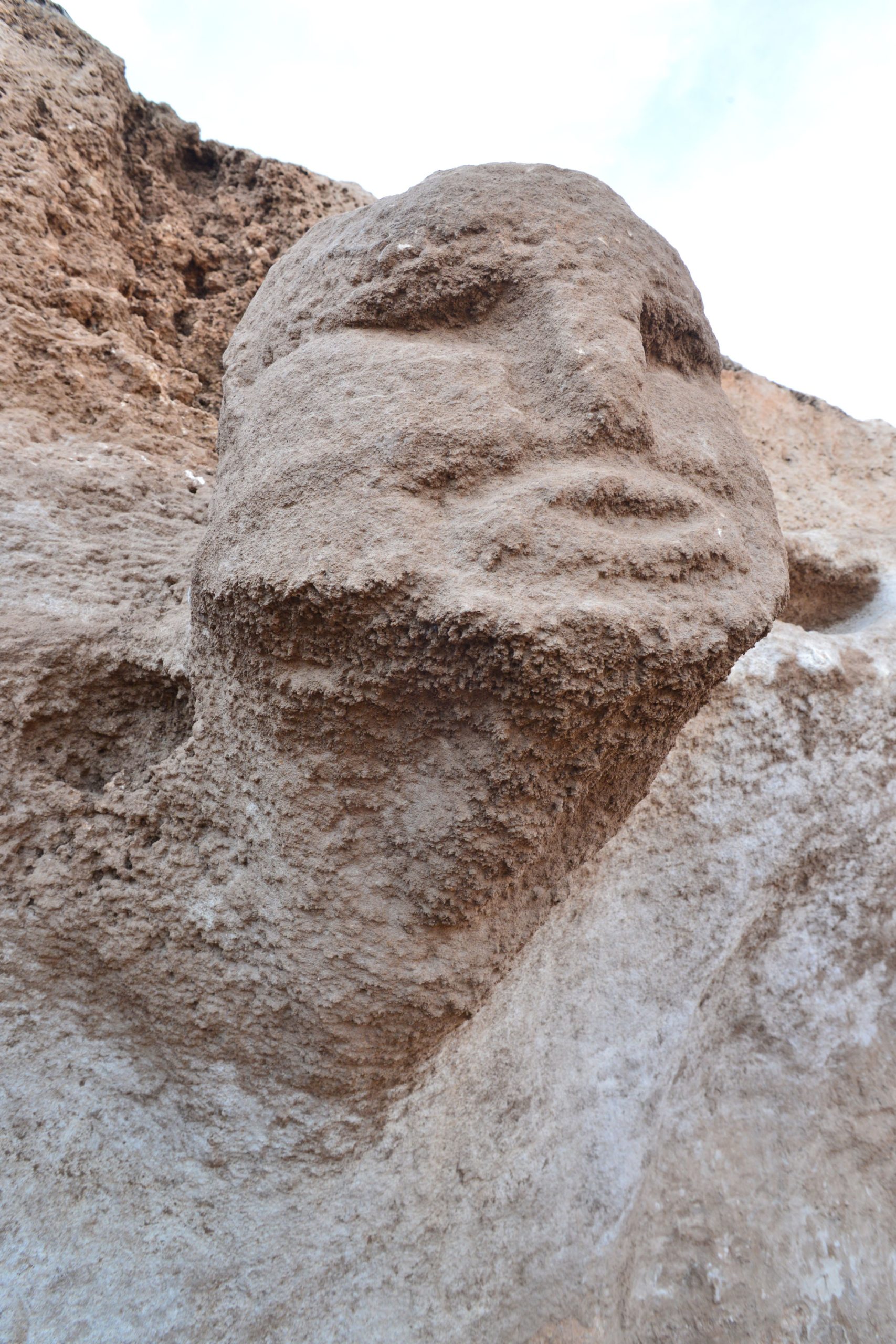
Karahan Tepe, Gobekli Tepe’s 12,000yearsold “Sister Site”, Begins To Reveal Its Secrets
Tepe Gawra is located about 18 miles northeast of Mosul in the piedmont zone adjoining the Assyrian Plains in northeastern Iraq. It lies between the Tigris River and the first foothills of the Zagros Mountains, by the entrance to one of the few historically documented passes onto the Iranian plateau through the Jebel Maqlub.
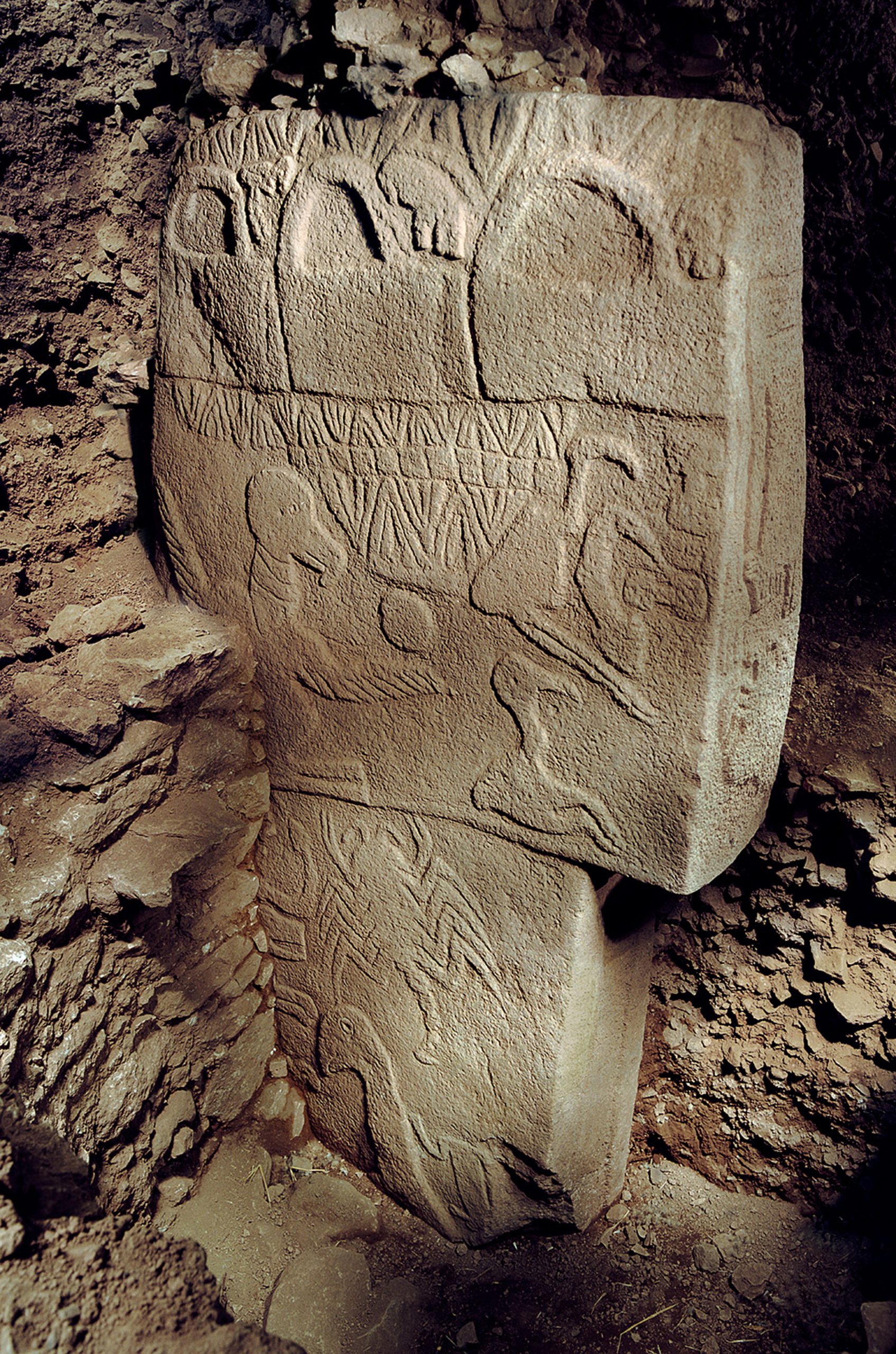
Göbekli Tepe_Fig. 11 Tepe Telegrams
Altin Tepe reached its most flourishing stage at the end of the 3rd-early 2nd millenium B.C. (complex of the Namazga V type), when it was a settlement of the early urban type. Various handicrafts achieved considerable development, concentrated in the northern part of the settlement ("artisans' quarters"), where some sixty two-tiered kilns.

Tepe Dicio, Dicionário Online de Português
Tepe Sialk was discovered by chance, which is one of the most astonishing aspects of its history. Until about 80 years ago, no one knew that such a historical treasure even existed. A treasure that is the legacy of a great civilization spanning several thousand years. Even the people of Kashan believed that the area where Tepe Sialk is located.

Göbekli Tepe The Tepe Telegrams
The Use of Clay Before Pottery in the Zagros. Tepe Asaib: figurine, plaque-like face, perforated disc and tetrahedron. Clay is found abundantly in nature: its remarkable qualities of plasticity when wet and hardness when dry; its imperviousness to heat; its readiness to be worked without the need of any tool but the hand, make it an ideal raw.
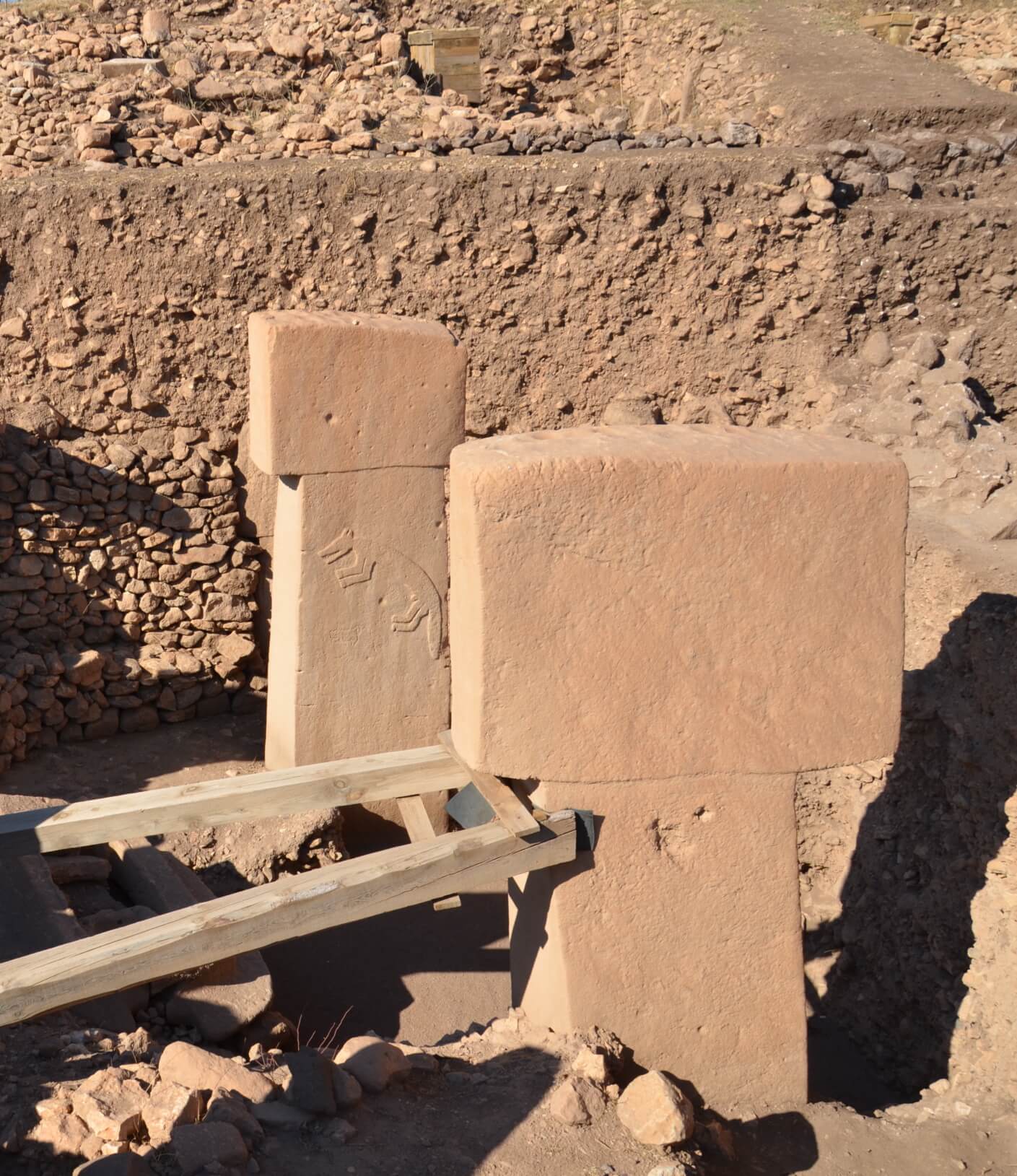
Tour to Gobekli Tepe and Karahan Tepe Serendipity Turkey Tours
In 2018, Göbekli Tepe was recognized as a UNESCO World Heritage site, by 2021 nearly half a million international and domestic tourists visited the region, and even more record-breaking crowds are expected this year as the region has become safer to visit. Dr. Lee Clare of the German Archaeological Institute and coordinator of research at.

tepe tepe kullanın call screenshot, call, Itzy
Tillya tepe, Tillia tepe or Tillā tapa (Persian: طلاتپه, romanized: Ṭalā-tappe, literally "Golden Hill" or "Golden Mound") is an archaeological site in the northern Afghanistan province of Jowzjan near Sheberghan, excavated in 1978 by a Soviet-Afghan team led by the Soviet archaeologist Viktor Sarianidi.The hoard found there is often known as the Bactrian gold.

Alın aşklarım tepe tepe kullanın YouTube
Remarkable new discoveries are coming out of the ground in southeast Turkey, bringing both Gobekli Tepe (9600 BC) and Karahan Tepe (9400 BC) back into the spotlight. Located just 23 miles (37 km) southeast of Göbekli Tepe, Karahan Tepe is part of the Taş Tepeler (Stone Hills) project. While excavations began in 2019, the site has been known.

tepe tepe kullan Most beautiful faces, Black pink songs, Lisa bp
Penemuan di situs Gobekli Tepe, dihuni manusia pra-Neolitikum, terus menghebohkan dunia, dari kuil hingga pemukiman tertua dan pertama di dunia.. Gobekli Tepe, dalam bahasa Turki artinya "Bukit.
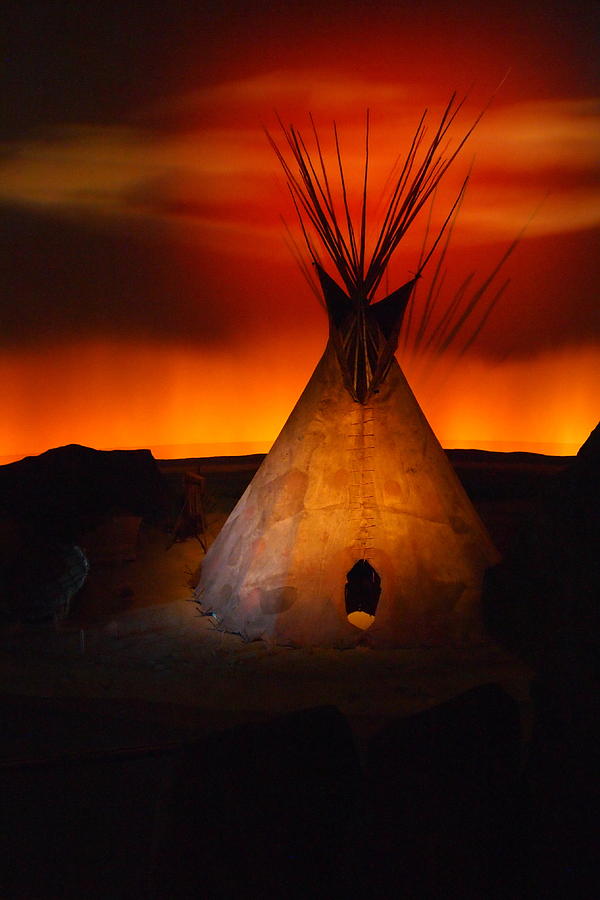
Tepe Photograph by Ramondo
Archaeologists have already found animal carvings at Karahan Tepe similar to the well-known Vulture Stone and others at Göbekli Tepe. (Sue Fleckney / CC BY-SA 2.0) Head of excavations at Karahan Tepe, Professor Dr. Necmi Karul, told Hurriyet that "12 spots estimated to be in the same period as Göbekli Tepe are known in the region, one of which is Karahan Tepe."

Fancam veriyoreee (35 takipçiye özel tepe tepe kullanın💕)
Klaus Schmidt (2018) by Göbekli Tepe UNESCO World Heritage. Klaus Schmidt (1953-2014) was a German archaeologist and prehistorian. He studied pre- and protohistory, classical archaeology and geology at the universities of Erlangen and Heidelberg. Klaus Schmidt dedicated twenty years of his professional career to the excavation and research of.

ŞU DAĞLAR TEPE TEPE YouTube
Göbekli Tepe (Turkish: [ɟœbecˈli teˈpe], ' Potbelly Hill '; Kurdish: Girê Mirazan or Xirabreşkê) is a Neolithic archaeological site in the Southeastern Anatolia Region of Turkey. The settlement was inhabited from c. 9500 to at least 8000 BCE, during the Pre-Pottery Neolithic.It is famous for its large circular structures that contain massive stone pillars—the world's oldest known.

Göbekli Tepe_Fig. 4 The Tepe Telegrams
Top; Str. AD at Karahan Tepe from the southeast (author), Bottom; solstice rising and settings relative to Str. AD. (adapted from Karul 2021) The apparent entrance to its interior was via a small descending stairwell of piled slabs located at the northwest of Str. AD. Inside Str. AB's chamber which, together with Str. AD, likely witnessed roofing, are 10 phallic-shape structures carved out.

"Başörtüsünün rantını en tepe tepe kullanan aile"
TPTP atau Tepe Tepe merupakan singkatan dari Tebar Pesona Tebar Pesona. Maksud dari arti TP dalam istilah gaul anak muda adalah menebar persona, penampilan, atau sebagainya terhadap orang lain demi menciptakan rasa kagum, memperoleh pujian, atau pamer sesuatu. Istilah tptp juga sering diibaratkan sebagai ajakan untuk jalan-jalan ke luar bersama.

Losing your head at Göbekli Tepe The Tepe Telegrams
Reshaping previous ideas on the story of civilisation, Gobekli Tepe in Turkey was built by a prehistoric people 6,000 years before Stonehenge. When German archaeologist Klaus Schmidt first began.